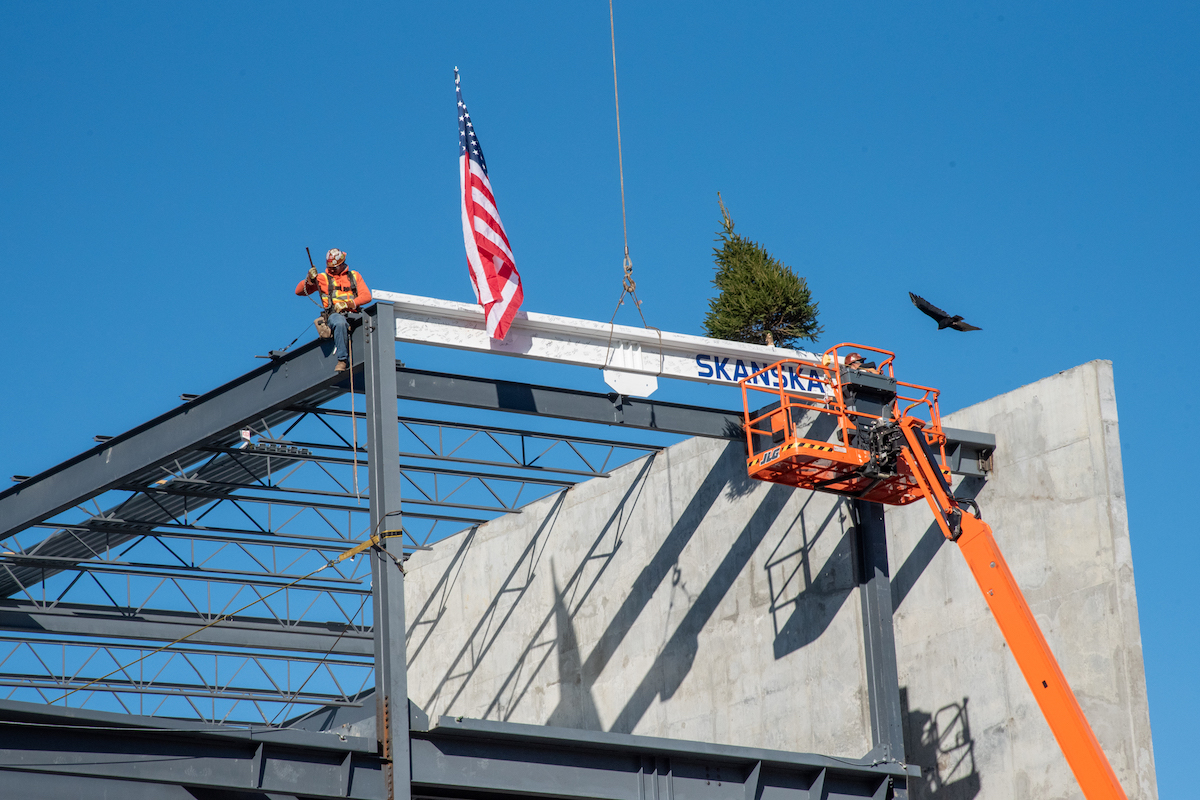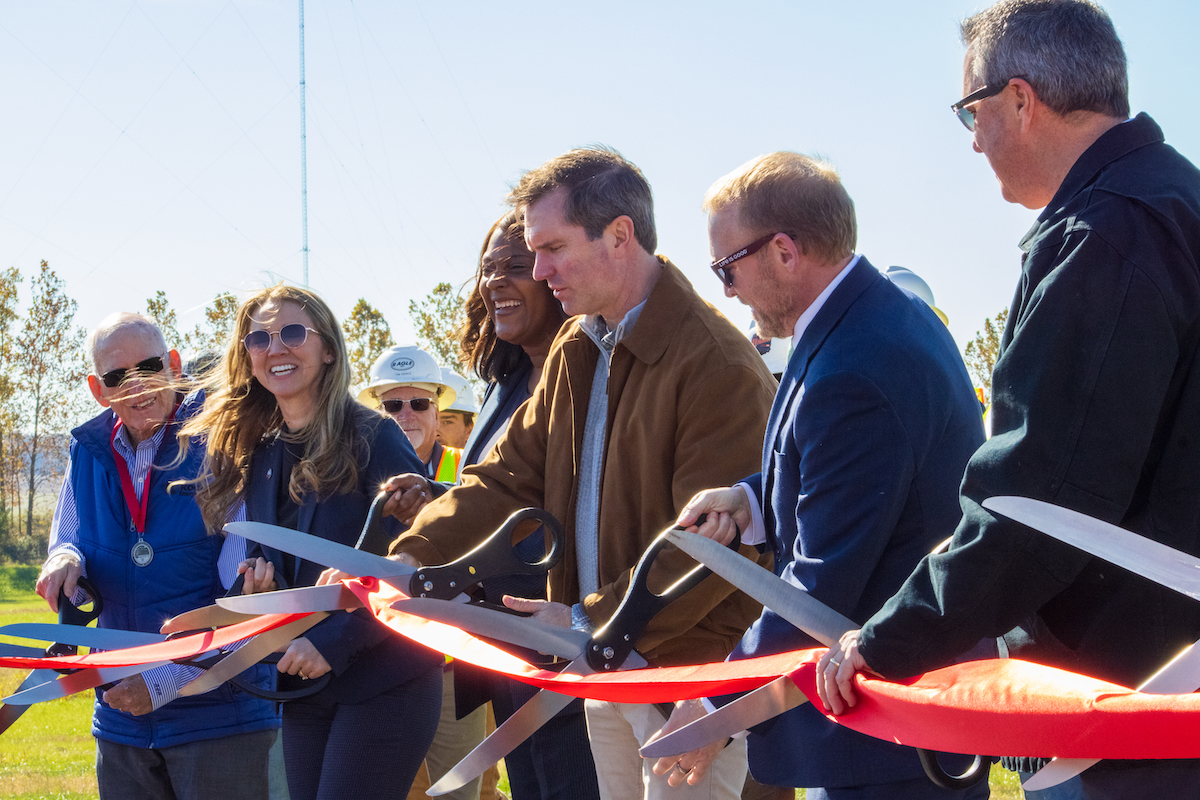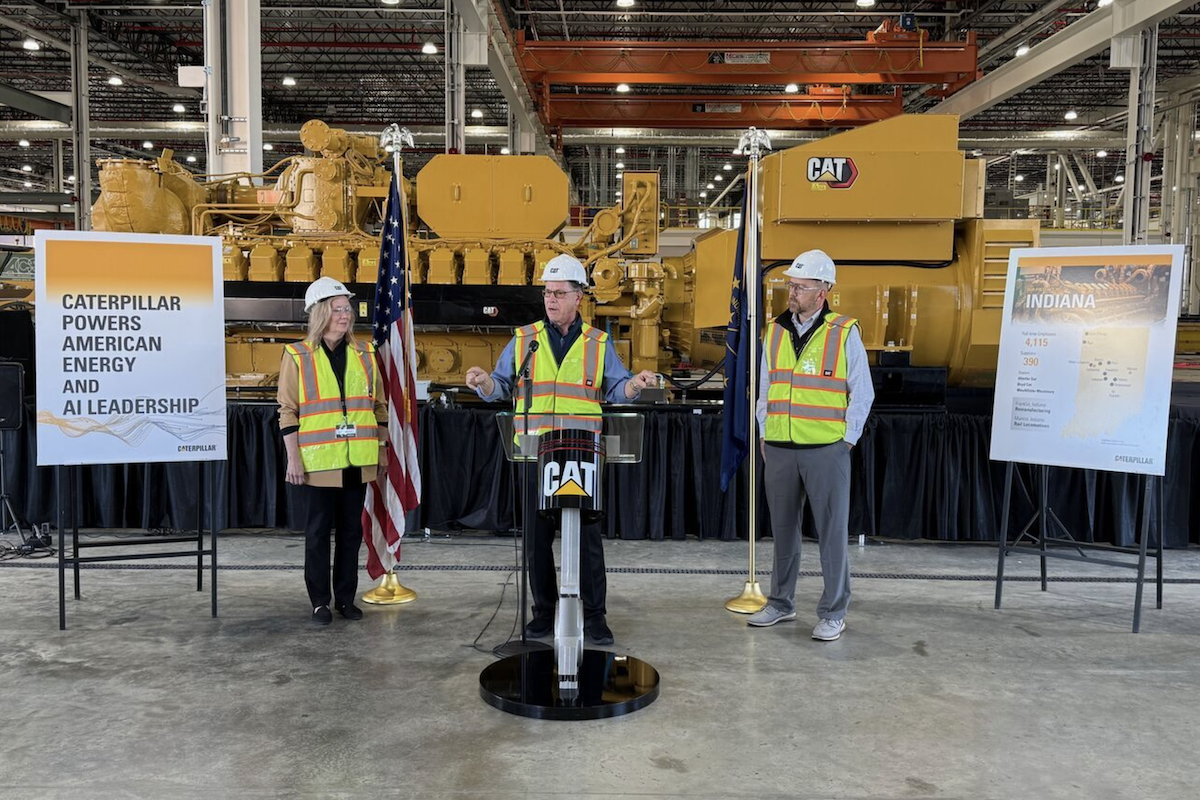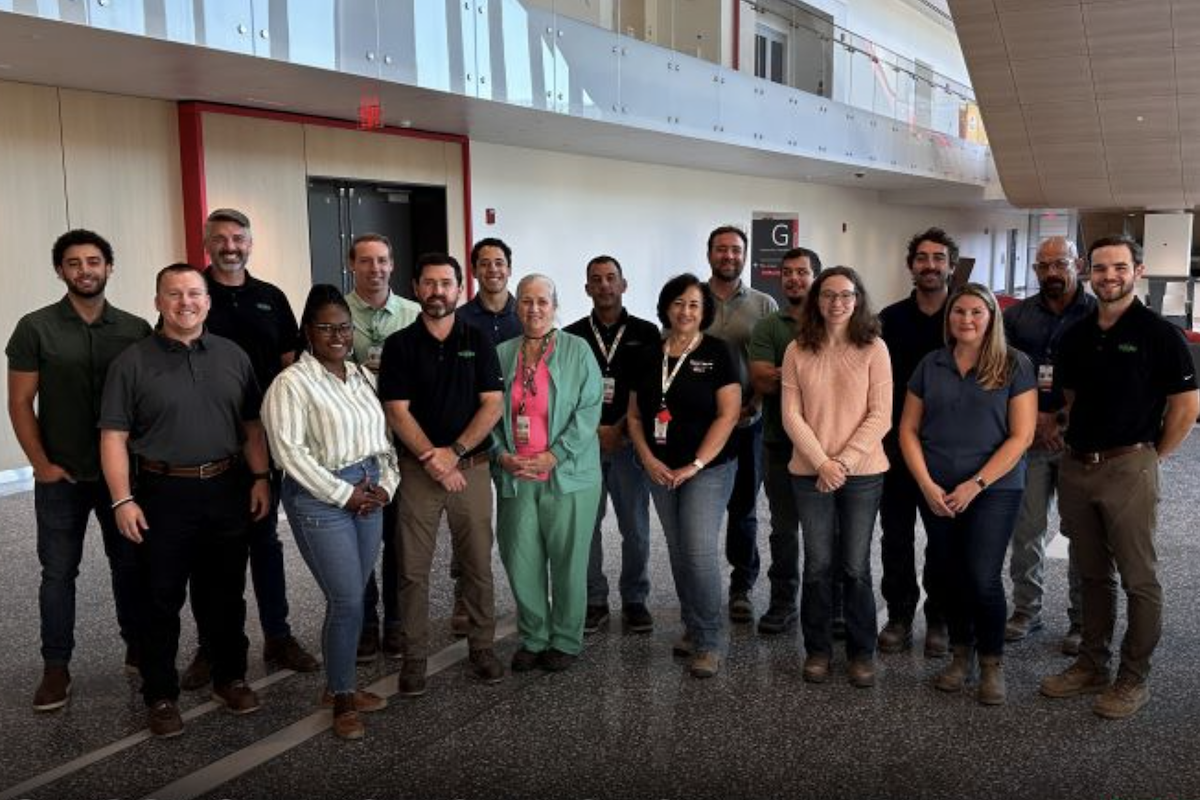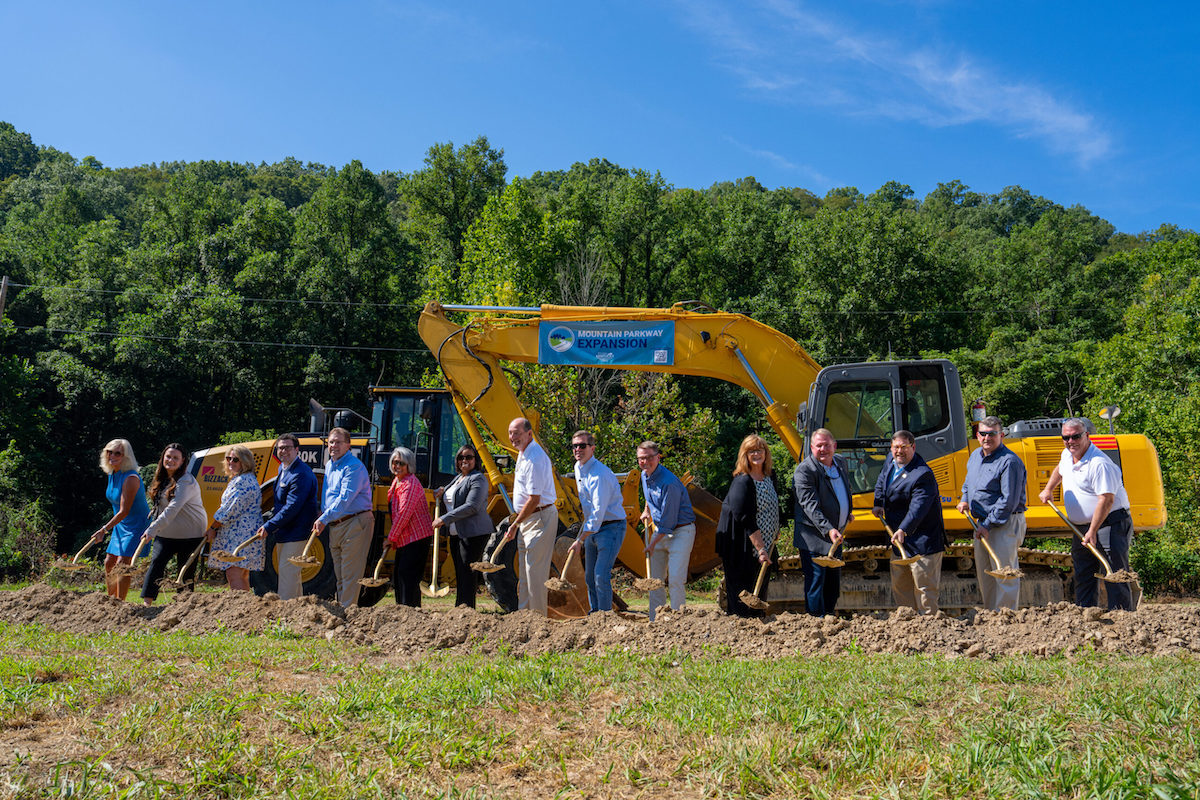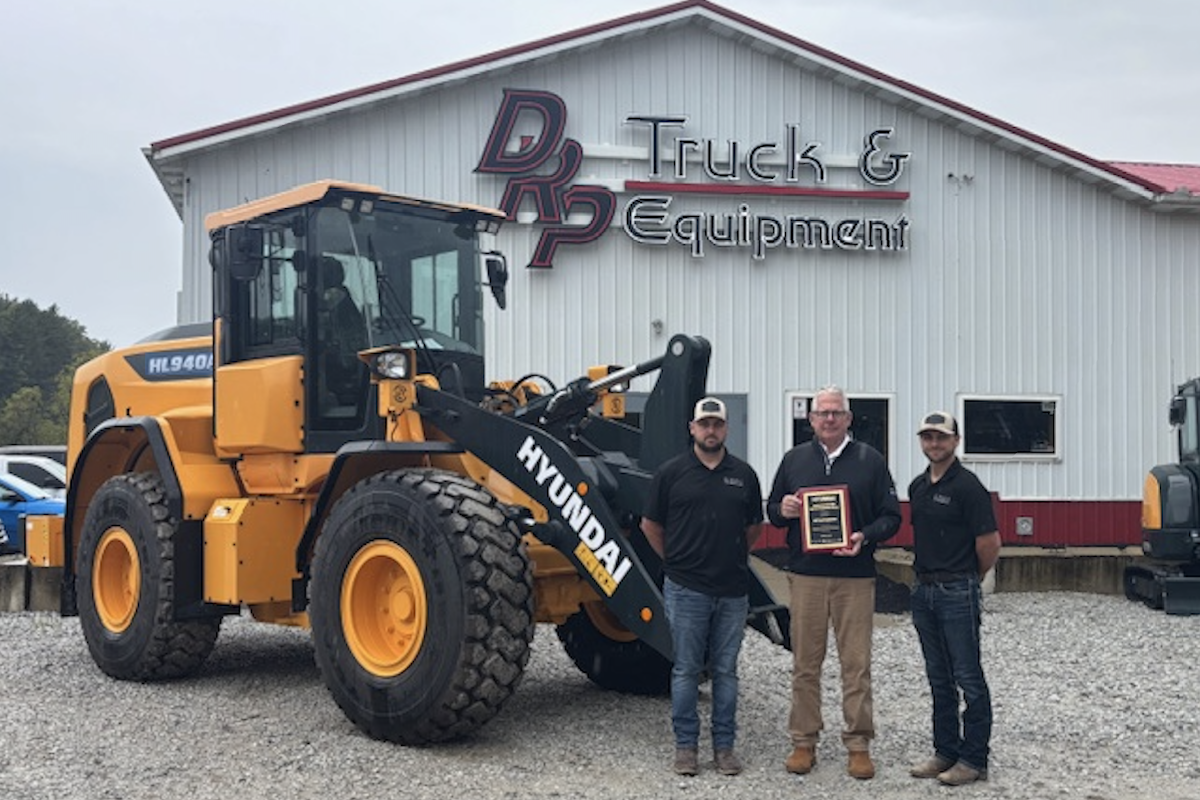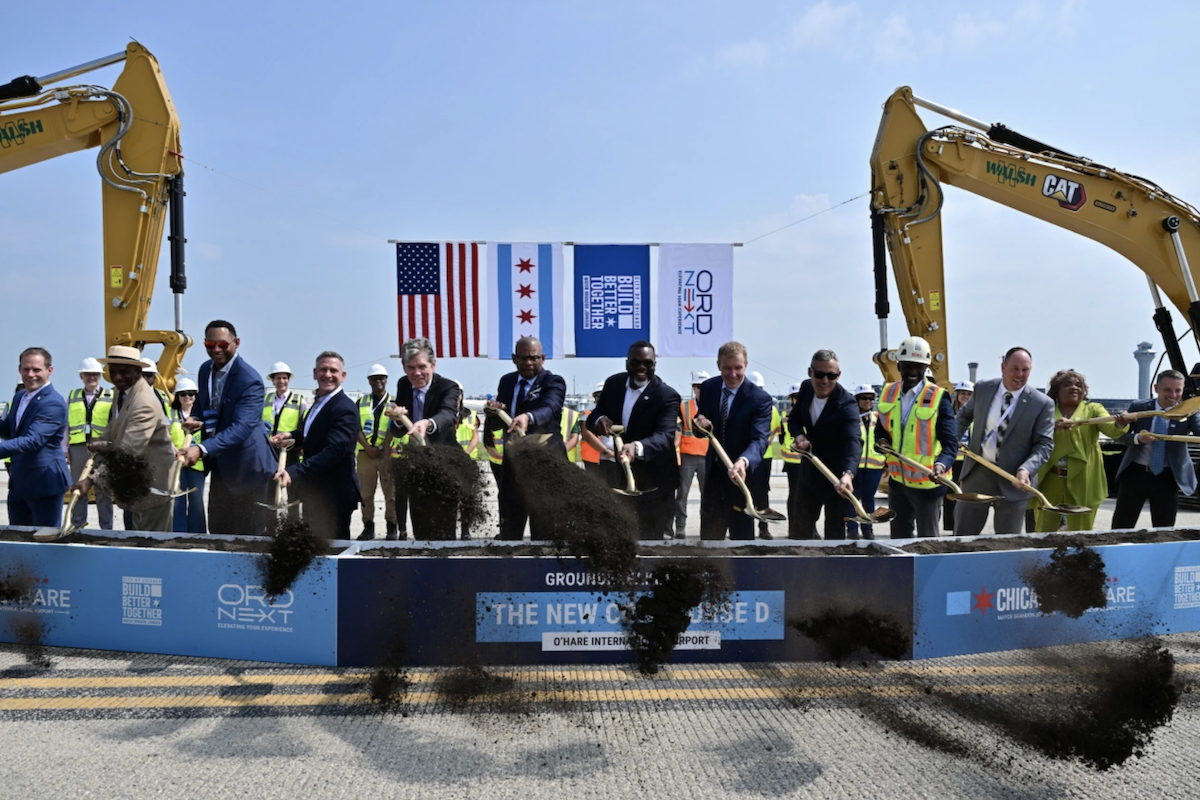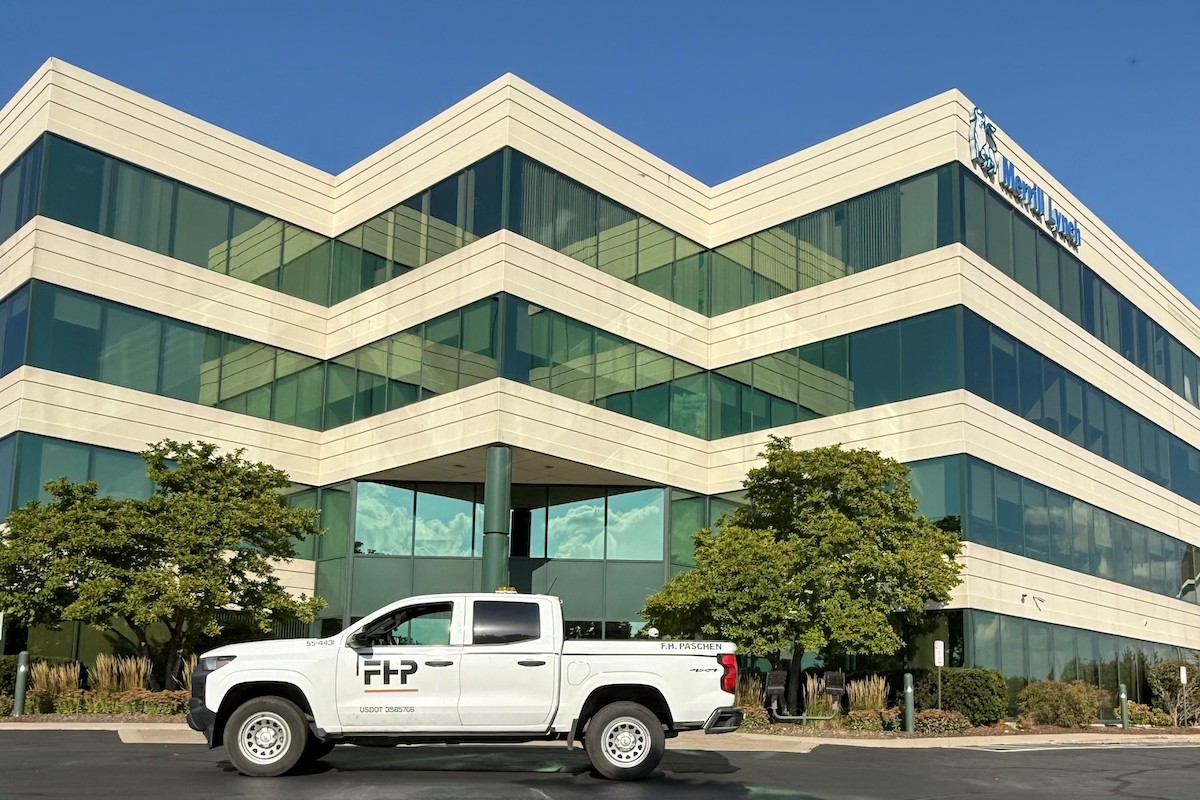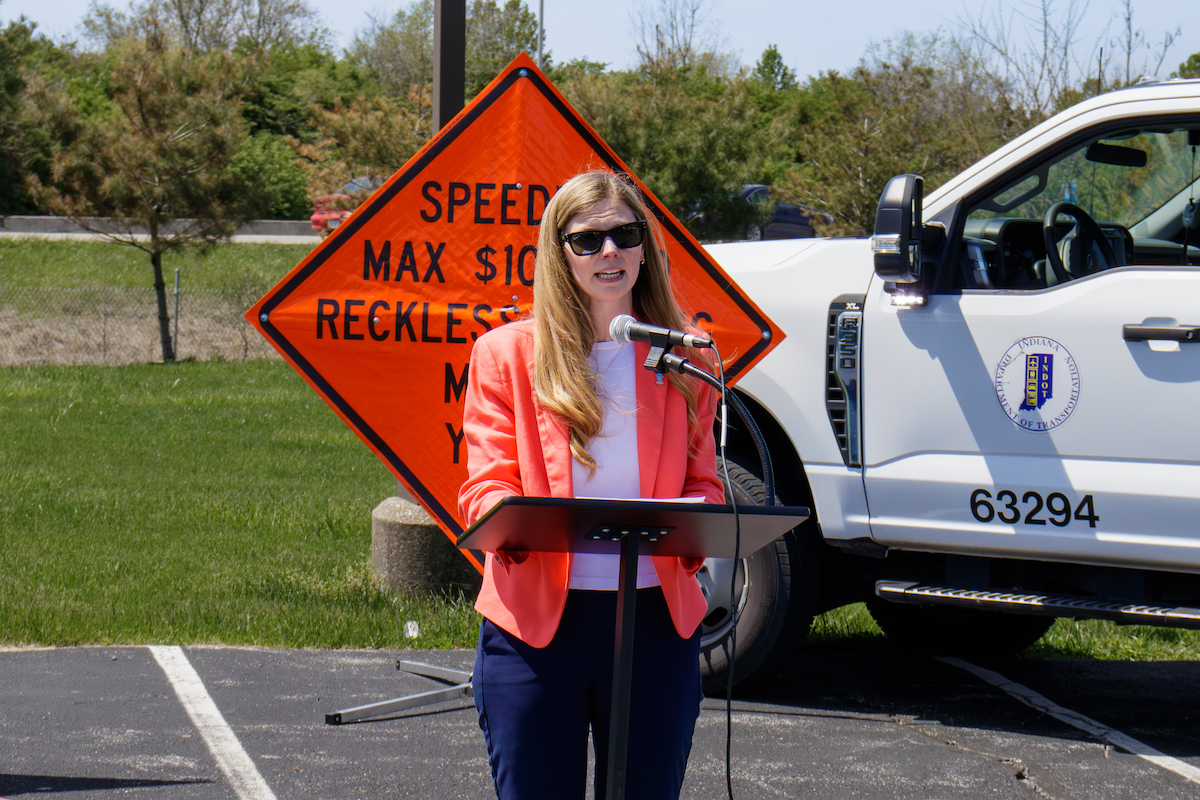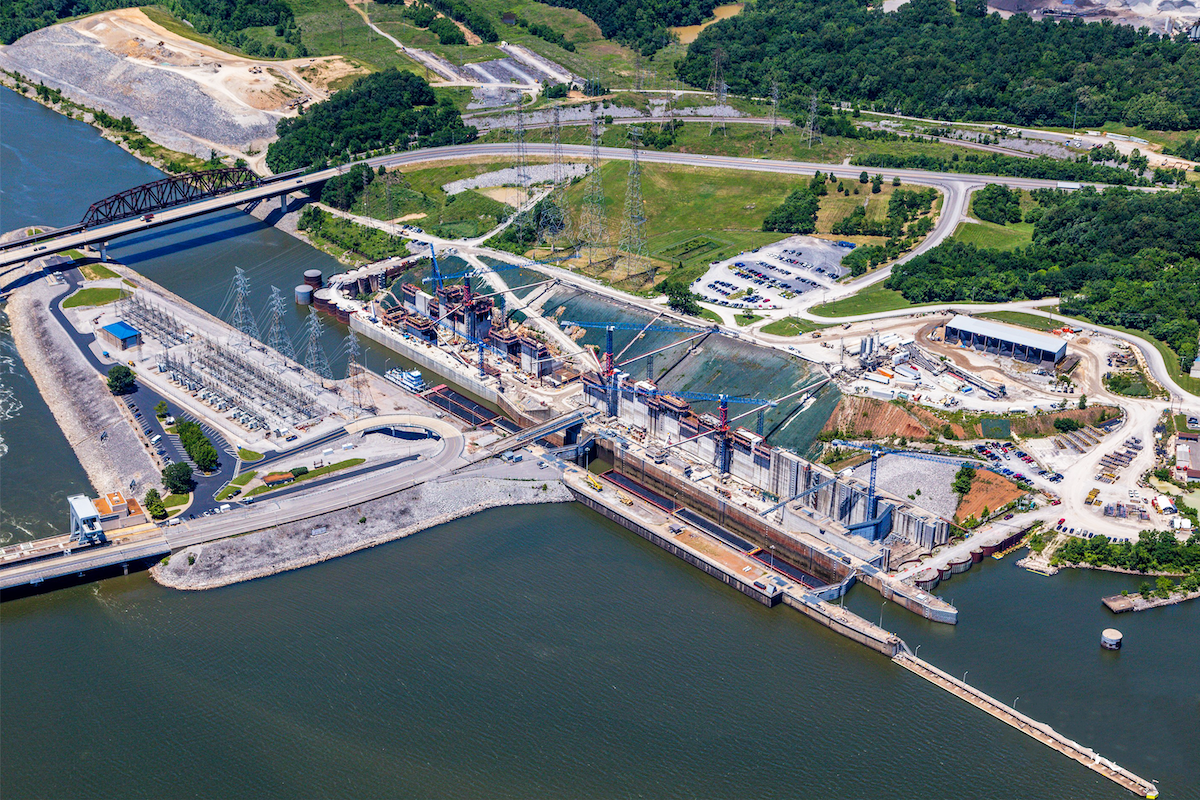With the launch of the LTR 1150, Liebherr is responding to the requirements of crane operators faced with lifting jobs that are beyond the LTR 1100, but for which the LTR 1220 is overkill. In terms of lifting capacity, the new 165-ton crane falls exactly between these two models.
Optionally, the new telescopic crawler crane can be transported with a width of 9.8 feet – the crawler carriers are removed to allow this, which reduces the crane’s transport weight to only 42 tons. This variant requires a jack-up erection support consisting of four swivelling cylinders, which support the crane on the ground while the tracks are removed and the low-loader positions itself under the crane. This principle has proven its worth with the 110-ton LTR 1100. New on the LTR 1150, an automatic support system assists the operator. This was developed to allow faster and easier (dis)assembly of the crawler carriers.
The two crawler carriers, each weighing 12 tons, can be transported together on a standard semi-trailer with an economical width of 8.3 feet. The integrated access steps are folded in during transport.
In terms of ballast distribution, a strong emphasis was also placed on ensuring economical transport worldwide. With only four lifts, the entire counterweight can be ballasted on the crane: two lifts for the two 12-ton central ballasts and two for the maximum slewing platform ballast of 45 tons. As with the Liebherr LTM cranes, this is attached to the slewing platform using a hydraulic ballasting device. Liebherr-AutoBallast supports the crane driver during this process. The support for the slewing platform ballast is integrated in the central ballast.

| Your local Case Construction Equipment Inc dealer |
|---|
| Birkey's Construction Equipment |
As with the other Liebherr LTR cranes, the LTR 1150 is also equipped with load charts for slopes up to a maximum of 4 degrees – in gradations of 0.3 degrees, 0.7 degrees, 1.5 degrees, 2.5 degrees, and 4 degrees. For the first time for its telescopic crawler cranes, Liebherr also calculated “WindSpeed Load Charts” for the new LTR 1150, which make it possible to work safely and flexibly even at higher permissible wind speeds of up to 15.6 m/s – even with the full load capacity in many boom positions.















